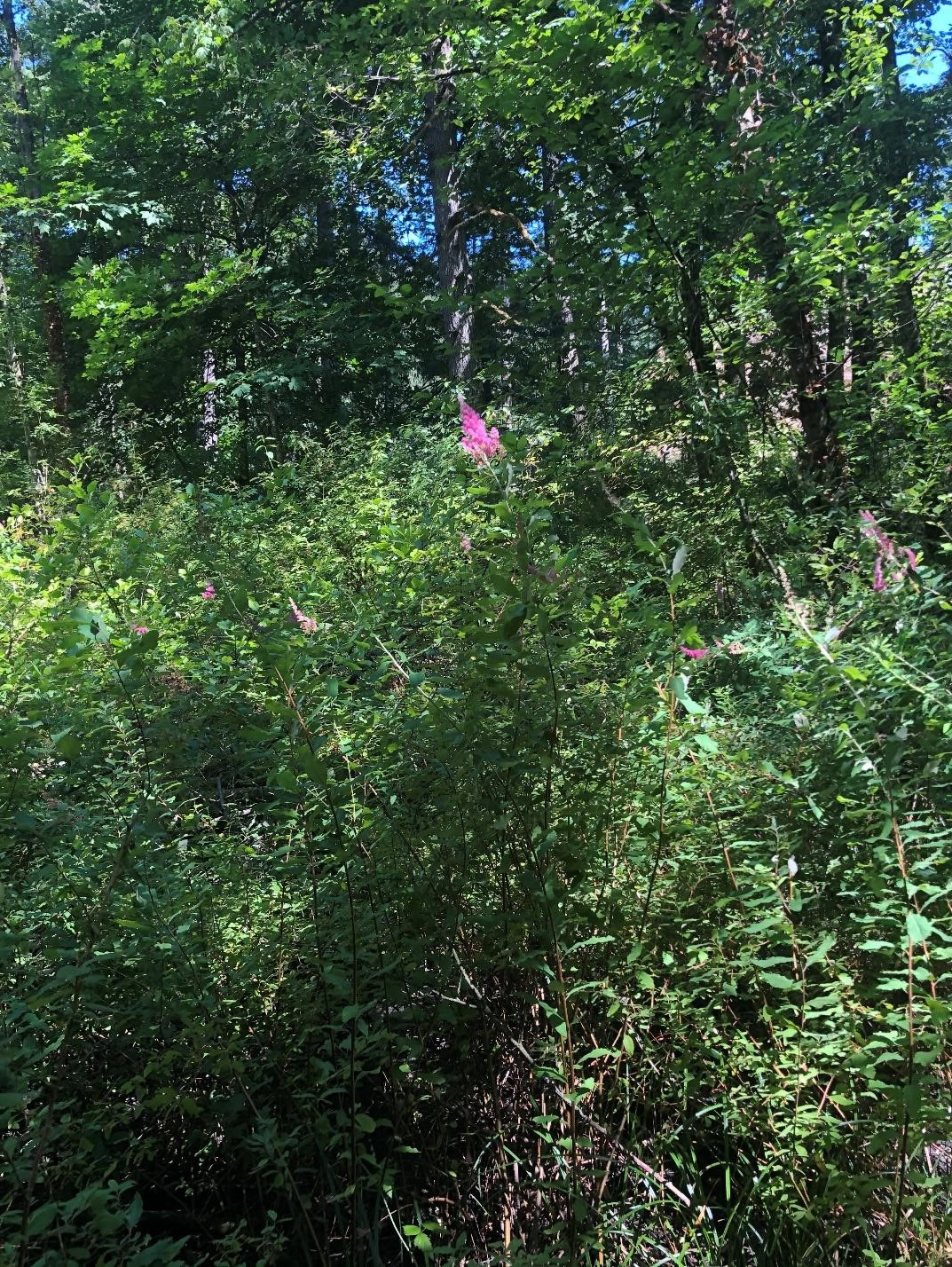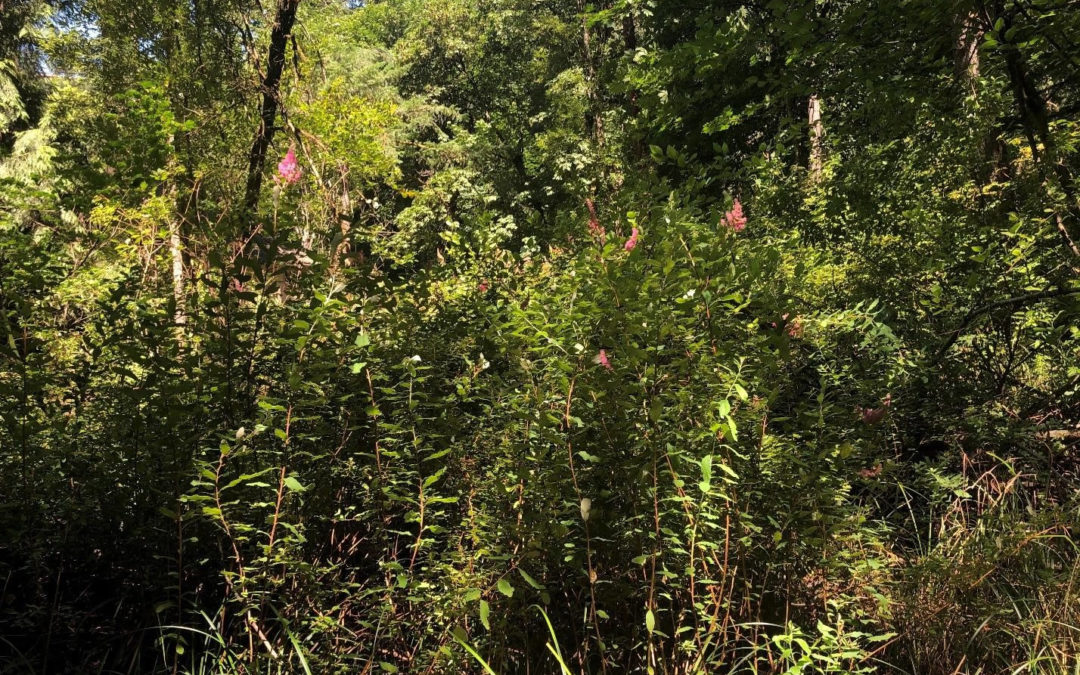As an environmental scientist in the Willamette Valley, July is one of my favorite months of the year. The sun shines all day, flowers are blooming, and my garden is thriving. In these difficult times of experiencing a global pandemic, I’ve been taking time to reflect on the changing of seasons, on life, and on resilience. I am grateful that I have access to natural areas, parks, and a yard. We know that being outdoors can be beneficial to one’s mental health, and if masks are worn and large groups are avoided, the risk of COVID-19 transmission can be relatively low. Having time to spend time in nature while doing field work also gives me time to recharge. A summer spent outdoors is a gift.
Recently, I was asked what my favorite plant is. For me, this changes often. But currently, I am fascinated by Spiraea douglasii. This Pacific Northwest native shrub is in the rose family, and is known also as Douglas spirea, rose spirea, Western spirea, hardhack, and meadowsweet. In the summer, Douglas spiraea is easily recognizable by its deep pink, almost purplish flowers. These pyramidal to oblong flowers grow in clusters that have an almost fuzzy or powdery appearance due to the long projecting stamens of the flower. The flowers are beautiful and whimsical – I call this the “Dr. Seuss” plant. The shrub provides good cover for small mammals and birds, provides a nectar source for butterflies and hummingbirds, and is sometimes foraged by deer. In the winter, the canes and dry flower heads provide visual interest.
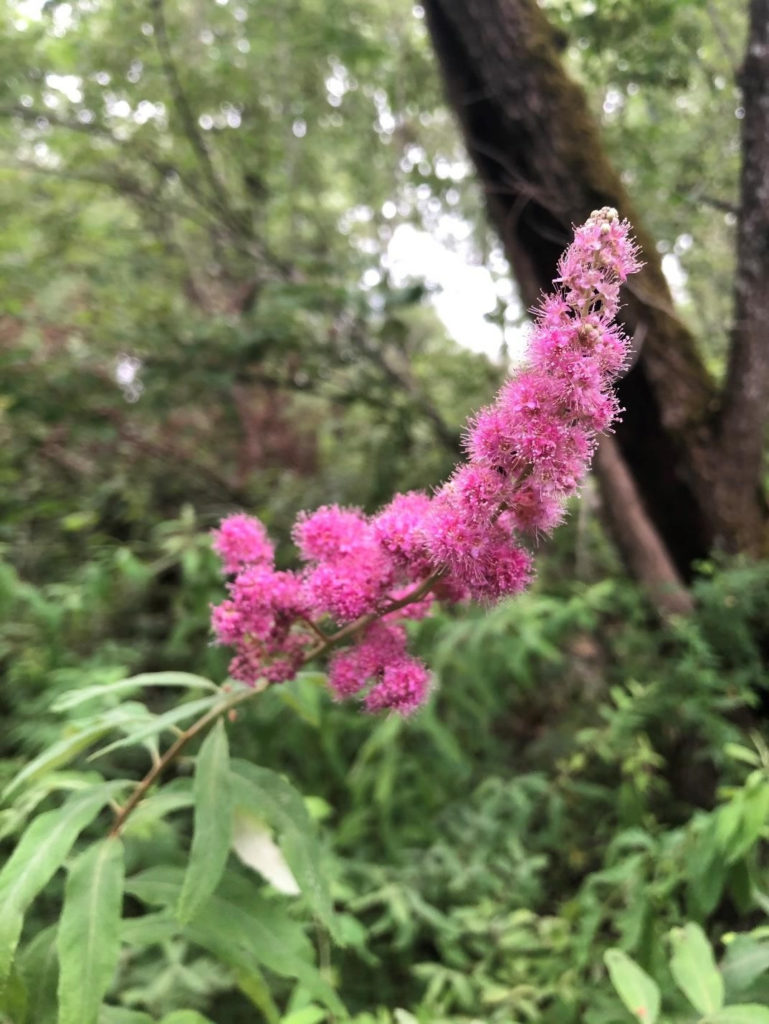
Douglas spirea thrives in moist to wet soils, and is often found along streambanks, wet fields, and wetlands. Yet it also grows well in more manicured landscapes, such as rain gardens, along fence lines, or in an irrigated yard. In my own yard, I have Douglas spirea planted in 4 different locations! For folks in the local environmental restoration and enhancement field, Douglas spirea is a “go to” plant that is frequently a part of our planting palate. After removal of invasive species from along a waterway, we need to plant something that will grow rapidly and provide shade, erosion control, and habitat. Spirea is easy to install, grows well in disturbed sites, and spreads rapidly to form thickets. Douglas spirea is so easy to grow, that a cutting from the woody stem (a “live stake”) can be shoved into moist soil to produce a viable, low cost, easy to install clone of the plant.
Beyond the beauty and utility of Douglas spirea, I have a deep appreciation for the plant’s resilience. It’s fast growing, easy to propagate, and does not require specialty maintenance. After fire events, Douglas spirea is quick to re-sprout from its rhizomatic root system, providing a pop of bright color in burned landscapes in the spring after forest fires. After the 1980 eruption of Mount St. Helens, Douglas spirea was also documented as rapidly propagating in volcanic ash.
In times of turmoil, fear, and uncertainty, it can be helpful to turn to the natural world for answers. If you can, try to have a moment with nature today. Enjoy the summer sun, listen to the birds, admire a flower, feel the shade of a tree. Whether its poking your head out a window, walking through your neighborhood, enjoying a park, or something else (please do so safely and bring a mask!). The natural world is still there, the seasons are still changing, there is still some balance in the world. Let us all learn how to be resilient, how to thrive under difficult circumstances, and how to maintain some beauty and whimsy in our lives at the same time. Let us all be a little bit more like Douglas spirea.
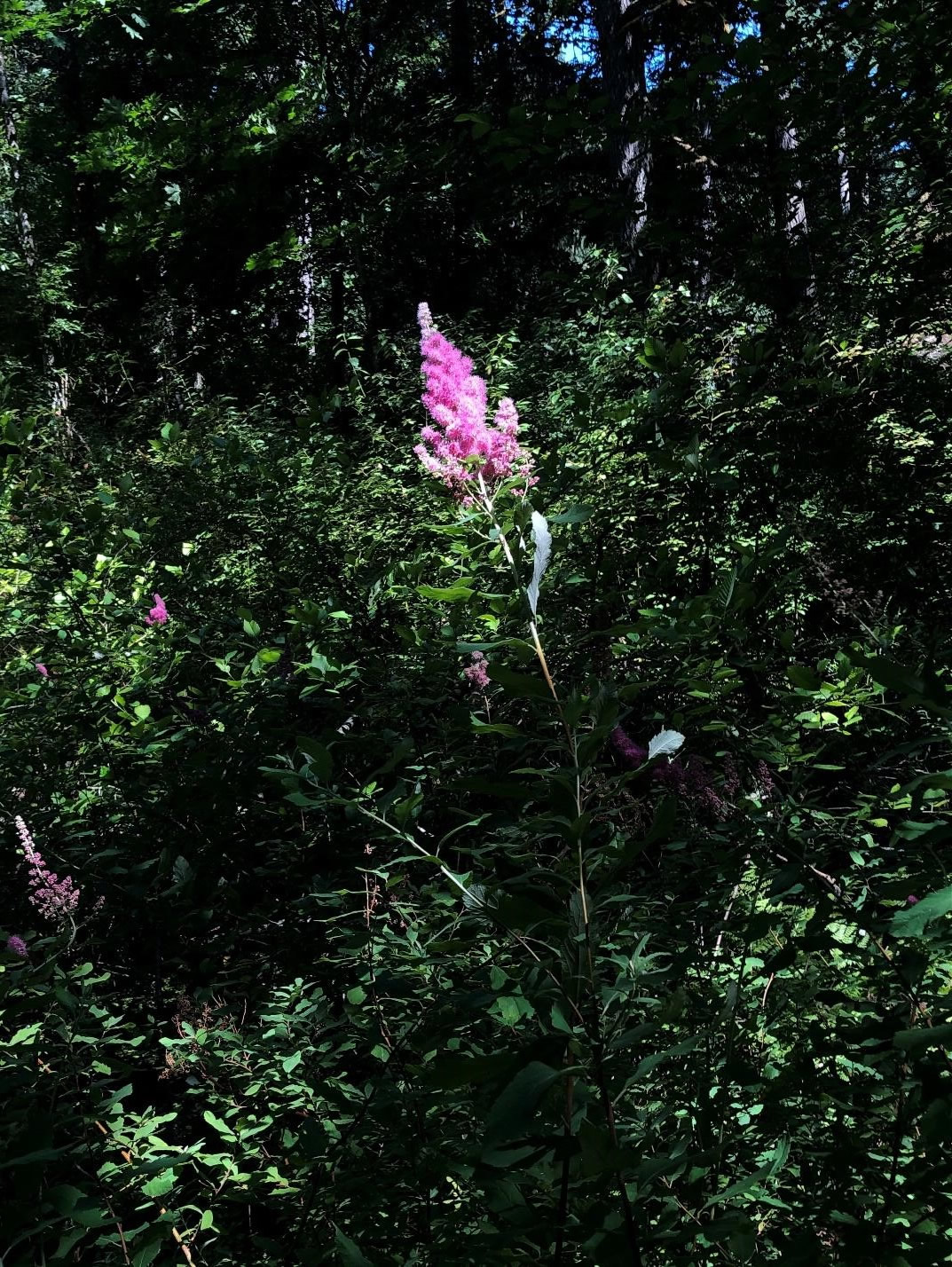
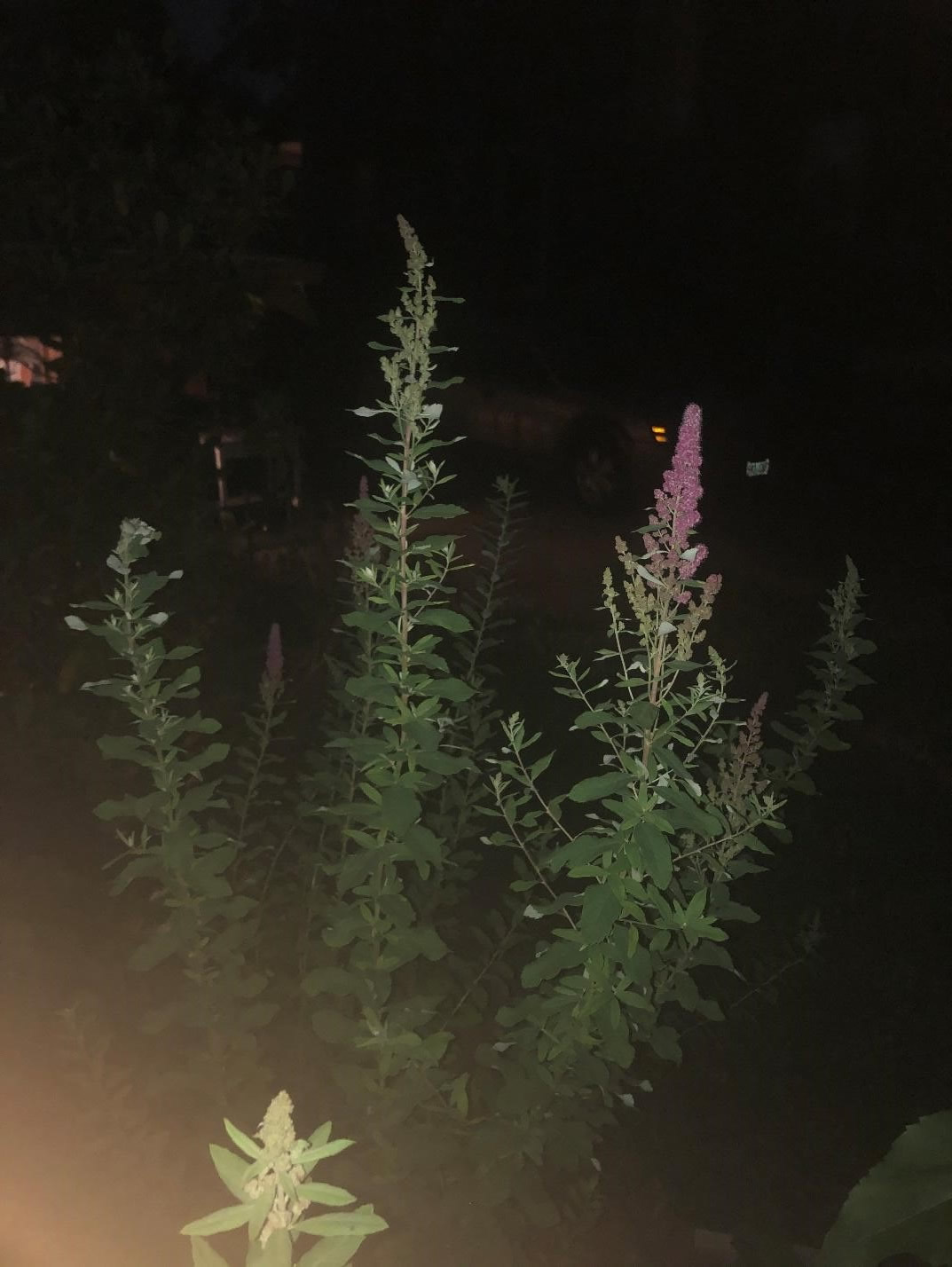
Lastly, let us remember that COVID-19 disproportionately impacts Black, Indigenous, and People of Color. And as a white person, I have the added privilege of walking through park trails and enjoying nature without fear of being seen as a threat because of my race. One way we can be resilient as a community is to support and uplift those who are in need of resources. If you are able to do so, please learn about the Black Resilience Fund (https://www.blackresiliencefund.com/) and financially support this movement for healing and resilience.
Sincerely,
Jack Halsey
